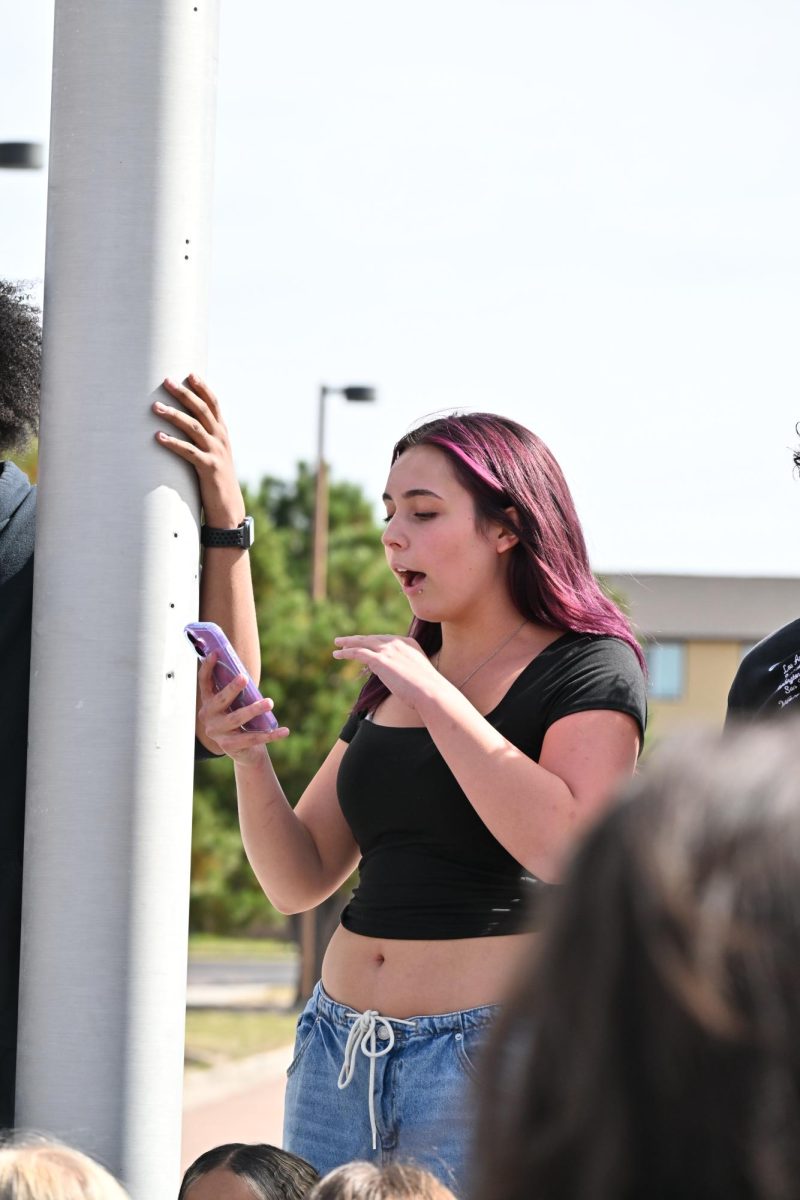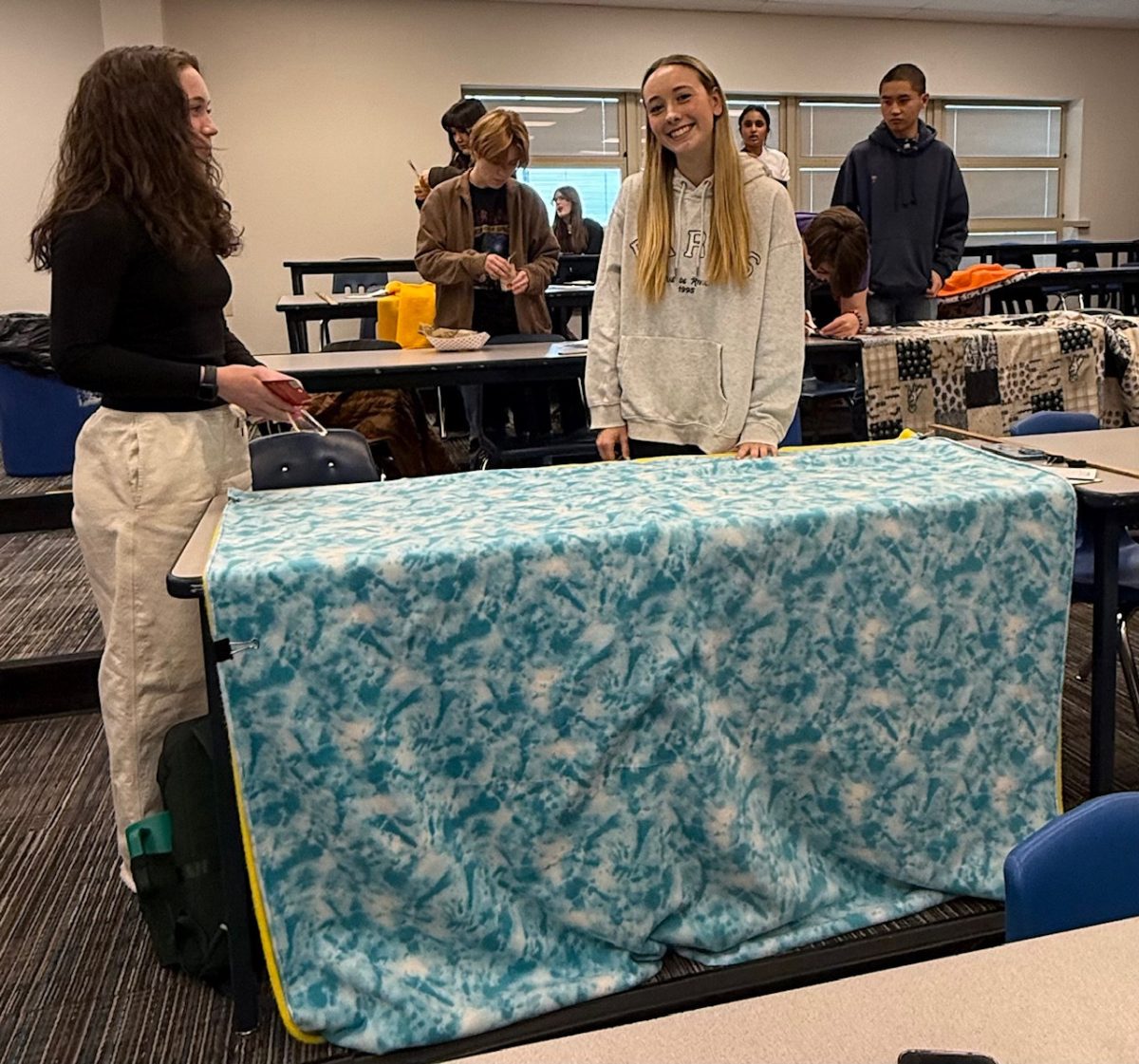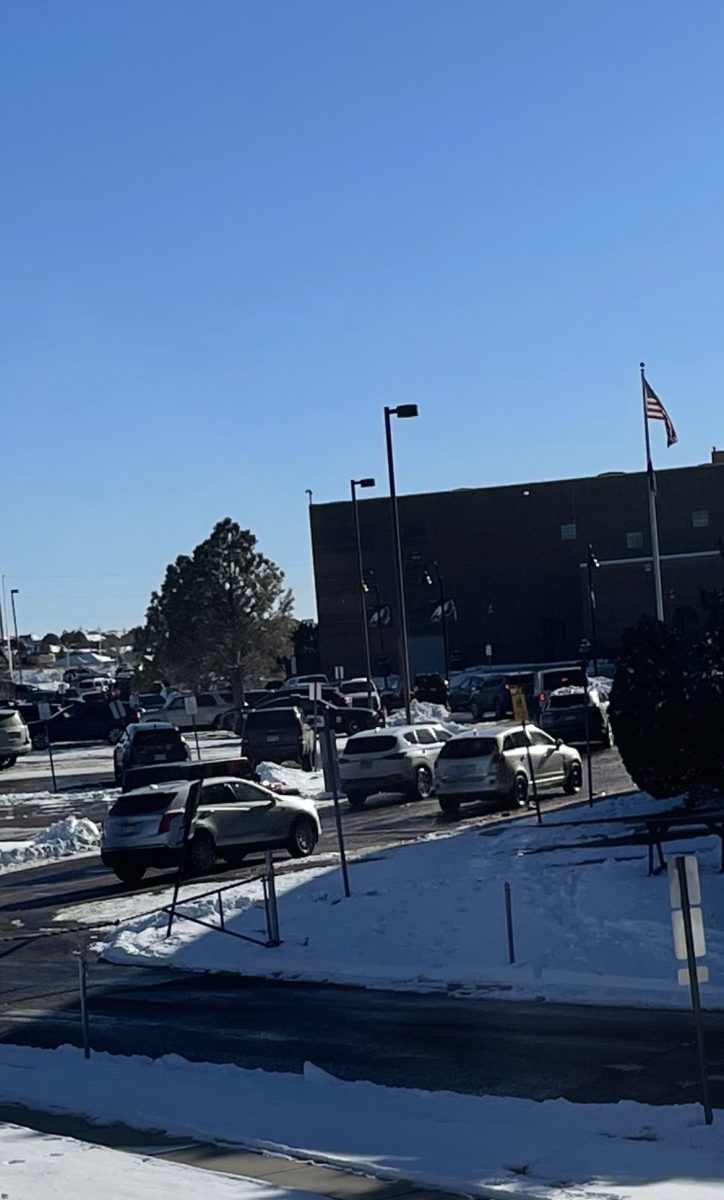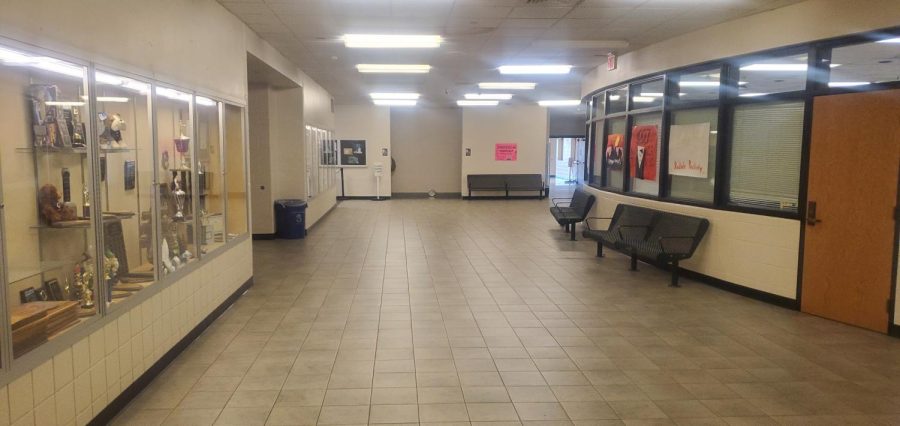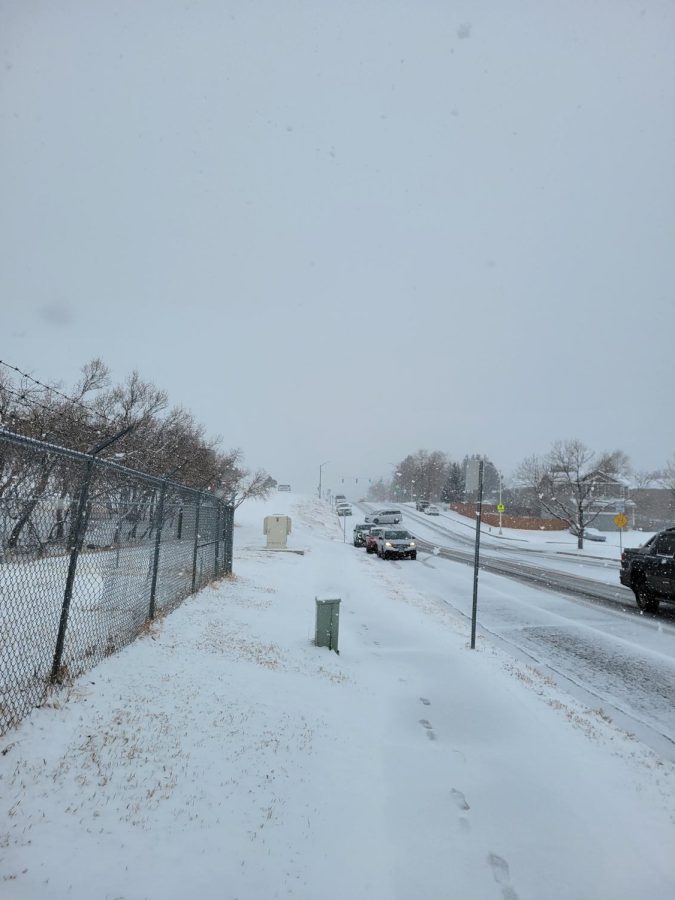Gun violence has become one of the most devastating issues facing schools in America today. Apart from the tragic loss of life, school shootings leave lasting scars on teachers, students and communities. School is meant to be a safe place for kids and teens to learn and grow into adulthood. As former President Barack Obama said after the Sandy Hook New Jersey shooting in 2012, “This is our first task as a society, keeping our children safe. This is how we will be judged.” Now when children walk into classrooms, they might fear they may never walk out, which undermines the purpose of education.
The psychological effects of gun violence are drastic. Survivors carry trauma for years. A study from the American Psychological Association found that children exposed to shootings often experience anxiety, depression and difficulty concentrating in class. One student survivor from Parkland Florida states, “I used to love school, but now I sit with my back against the wall so I can see the door.” This uncommon fear disrupts not only an academic setting, but also an encroachment of personal security.
The recent tragedy at Evergreen High School echoes a dark legacy that Colorado has faced for decades. From Columbine in 1999 to this year in Evergreen there have been 435 school shootings across the United States, averaging 10 per month. Though safety protocols and emergency responses have improved and undoubtedly saved lives, this progress is nowhere near enough. Colorado has seemingly taken a step backward in school safety. CRS 18 – 12 -105.5 passed in 2024 reduced bringing a gun to school from a felony charge to a misdemeanor. School shootings are a massive problem with the US’s safety system, and their solution was to lessen the punishment for bringing a firearm to school. How does that make any sense?

